Introduction
Natural Climate Solutions, also called Nature-Based Solutions, are actions that reduce emissions and increase carbon storage in forests, farms, grasslands and wetlands, while providing a host of additional benefits for people and the environment.
Practices that could be included are actions like encouraging farming techniques that retain carbon in the soil, such as planting cover crops; conserving and replanting forests; conserving and restoring coastal wetlands; and reducing the loss of natural areas, planting trees, and providing parks in communities.
Not only do these efforts help address climate change – they can improve water quality, prevent natural disasters like wildfire, drought, and flooding, protect wildlife habitat, and provide opportunities for hiking and fishing. Best of all, these solutions are cost effective, and can often improve local economies.
Below you can explore how people in Utah are benefiting from implementing nature-based solutions in their community through a diverse set of resources from USN4C members and others, including blog articles, videos, comprehensive reports, and more.
Blog Articles

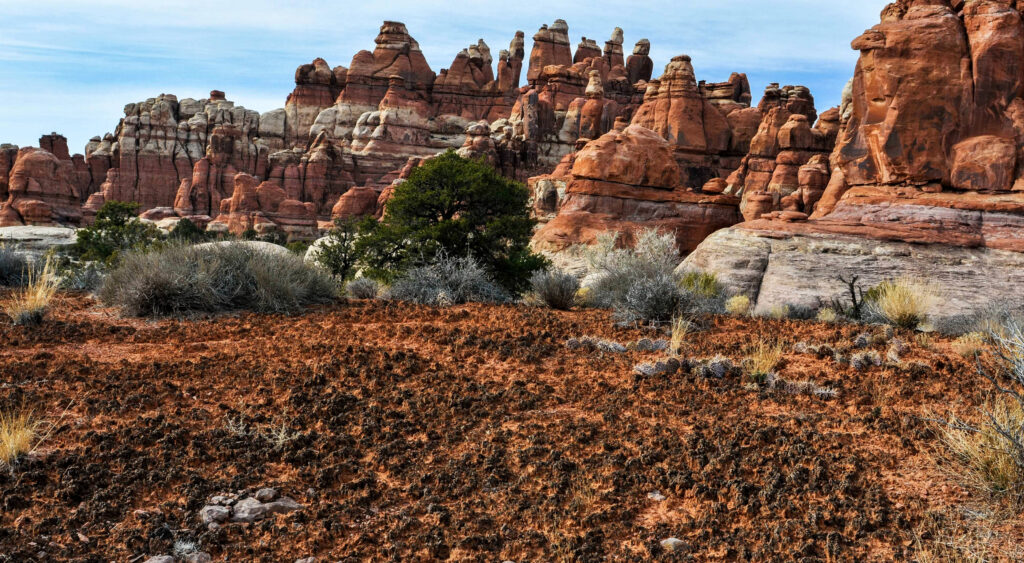
© William Bowman/TNC
U.S. Nature4Climate/The Nature Conservancy Article: Innovative Biocrust Restoration Technique Offers Hope in Warming Climate

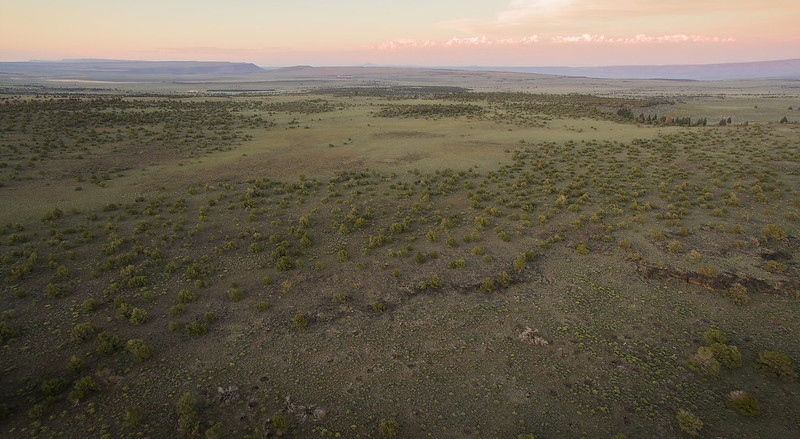
Photo Credit: Jeremy Roberts/Sage Grouse Initiative
U.S. Nature4Climate/The Nature Conservancy Article: Climate Solutions in the Sagebrush Steppe
- Pew Charitable Trusts Article: 4 Reasons the Bureau of Land Management Should Protect Otero Mesa
- Colorado College Conservation in the West Landing Page: 2024 Conservation In The West Survey
- Hispanic Access Foundation Press Release: Latinos Show Concern about Water and Public Lands in the 14th Annual Conservation in the West Poll — see Spanish language version here
- National Wildlife Federation Press Release: Westerners Flag Growing Concerns for Future of Public Lands Water, Wildlife
Forests:
- National Wildlife Federation Article: Using Fire to Fight Fire: How Beneficial Burns are Helping Forests, Wildlife and People to Adapt to a Changing World
- USDA Forest Service Fact Sheet: Forest Legacy 2024 Funded Projects
- SCIENCE: The Nature Conservancy Article: Comprehensive Science Review Shows Fuel Treatments Reduce Future Wildfire Severity
- SCIENCE: Forest Ecology & Management Study: Tamm review: A Meta-Analysis of Thinning, Prescribed Fire, and Wildfire Effects on Subsequent Wildfire Severity in Conifer Dominated Forests of the Western US
- SCIENCE: Ecological Applications Study (University of California-Davis): Moderating Effects of Past Wildfire on Reburn Severity Depend on Climate and Initial Severity in Western U.S. Forests
Agriculture & Grasslands:
- The Nature Conservancy Article (featuring The Land Institute): Field of Dreams: Alternative Crops Offer Hope for the Colorado River
- Environmental & Energy Study Institute Article: Eternal Optimists: How Farmers and Ranchers Are Innovating in Response to a Shrinking Colorado River
- The Nature Conservancy Article: The Sagebrush Sea Is Vanishing
- National Wildlife Federation Article: Grasslands: A Disappearing Ecosystem
- Pew Charitable Trusts Article: Public Wants Stronger Protection of Sage-Grouse Habitat in West
- Pew Charitable Trusts Press Release: Poll Shows Strong Support for Strengthening Sage-Grouse Habitat Protections
- National Wildlife Federation Statement: Bureau of Land Management Must Adopt Durable, Science-Based Management Approaches to Reverse Sage Grouse Declines
- U.S. Nature4Climate/The Nature Conservancy Article: Innovative Biocrust Restoration Technique Offers Hope in Warming Climate
Reports
Videos & Podcasts
The Nature Conservancy Video: The Sagebrush Sea
Explore More!
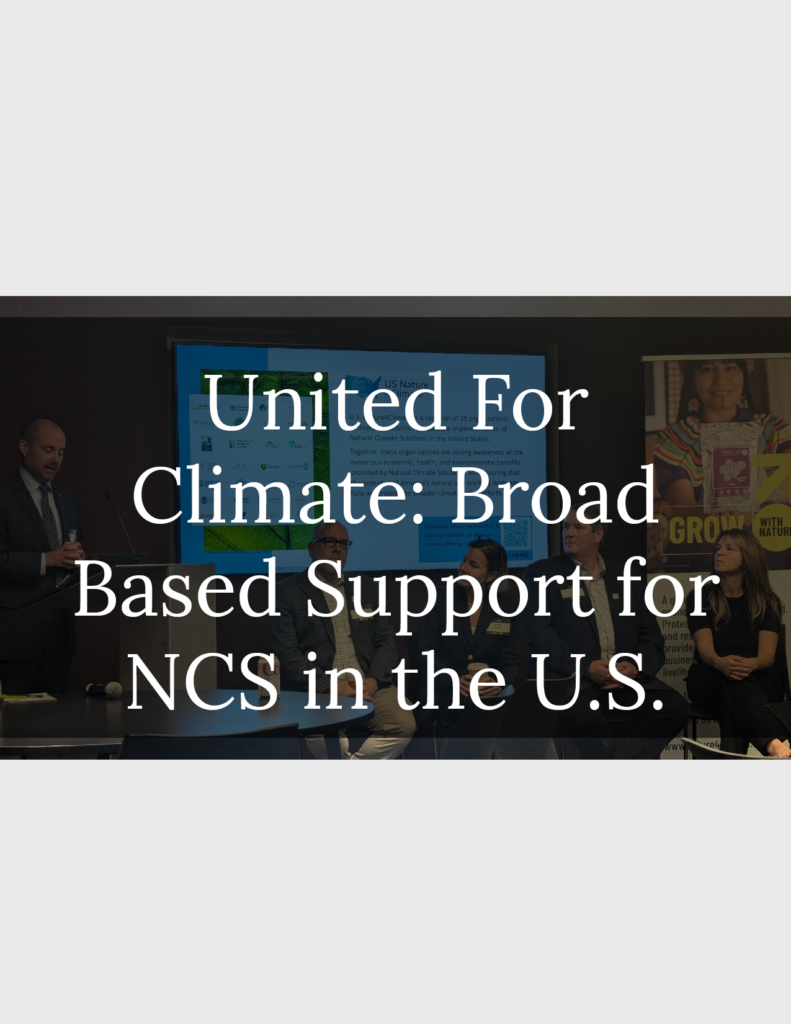
A new national survey conducted by U.S. Nature4Climate shows that voters across party lines support natural climate solutions more than ever, suggesting fertile ground for bi-partisan cooperation and consensus-building, opening up new avenues for climate action. Learn more.
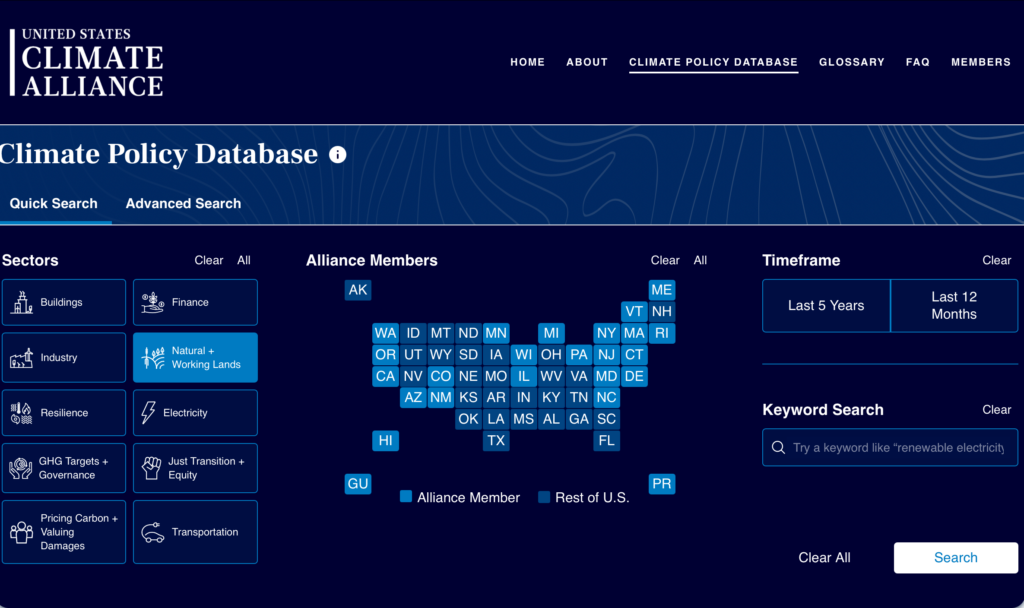
Explore U.S. Climate Alliance‘s Climate Policy Database.
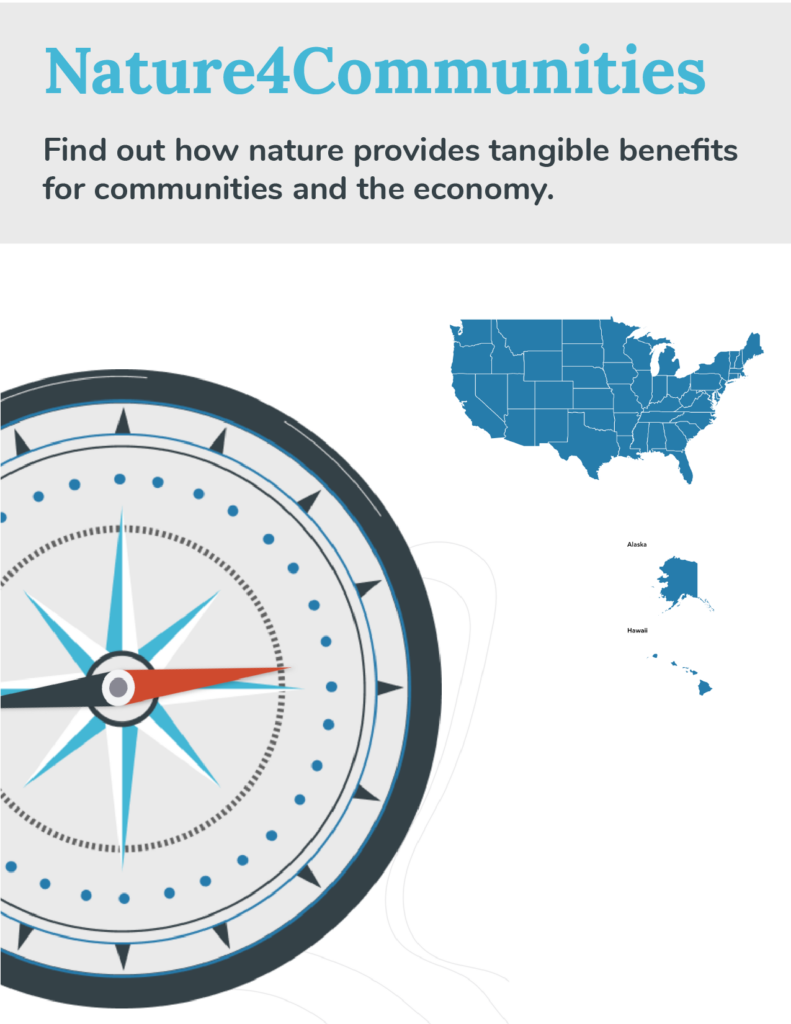
Explore Nature4Communities, a resource that shows you how nature-based solutions are critical for your community’s well-being and become a better advocate for their implementation.
